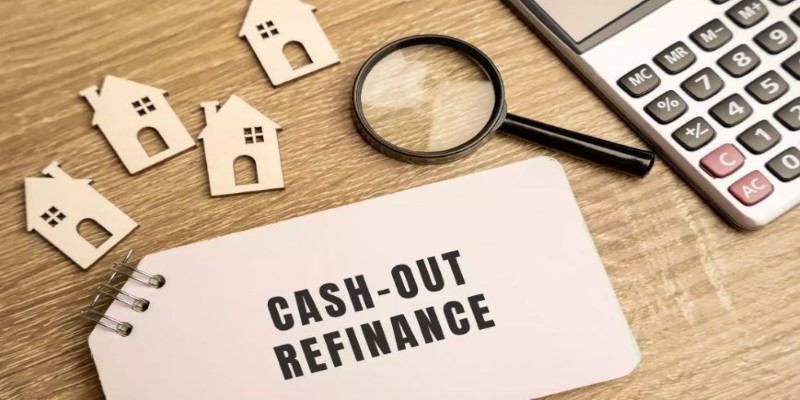Credit card debt is still a big problem for a lot of American families, and as the economy changes, so does the way people use credit cards. As of 2025, understanding credit card debt statistics is crucial for consumers, businesses, and policymakers alike. Whether you’re trying to manage your debt or seeking to better understand broader trends, the latest credit card statistics offer valuable insights.
This post will dive into the current state of credit card debt, explore key trends, and break down what these numbers mean for individuals and businesses. From interest rates and average balances to demographic insights, this post provides a comprehensive look at the state of credit card debt.
The Current Landscape of Credit Card Debt
Total credit card debt in the U.S. keeps going up, and people have an unbelievable amount of debt. Several things, like inflation and changes in the economy, are causing these debt amounts to rise.
Average Credit Card Debt in the U.S.
As of Q3 2024, the average American carries about $6,380 in credit card debt. This number is up from previous years, showing an upward trend in borrowing. The rise in debt can be attributed to a variety of factors, including inflation, increasing living costs, and changes in consumer spending habits.
Interestingly, the average credit card debt varies significantly by state. For example, Connecticut has the highest average debt at $9,323, while Mississippi carries the lowest average at $4,918. These differences can be attributed to regional income disparities, cost of living, and other socio-economic factors.
Total U.S. Credit Card Debt
In total, credit card debt in the U.S. reached a staggering $1.17 trillion as of Q3 2024. It marks a substantial increase compared to previous years, underscoring the growing reliance on credit cards for everyday expenses. Although Americans have become more responsible with their debt in certain areas, credit card debt continues to climb, influenced in part by inflation and rising prices across the board.
In the broader context, total household debt in the U.S. surged by $147 billion, reaching $17.94 trillion. While much of this debt is attributed to mortgages, credit card debt also plays a significant role in household financial obligations.
Credit Card Ownership: How Many Do People Have?
Credit card ownership is widespread in the U.S. According to the Federal Reserve, as of 2022, approximately 82% of U.S. adults own at least one credit card. This statistic highlights the central role credit cards play in modern financial transactions, from shopping to paying for services.
When we look at credit card ownership by age group, trends reveal significant differences. Older Americans, such as those in Gen X and Baby Boomer generations, tend to carry more credit cards, averaging over four cards per person. In contrast, younger generations, particularly Gen Z (ages 18-25), own far fewer, averaging just two cards.
Interest Rates and Their Impact on Credit Card Debt

Credit card interest rates have seen significant increases over the past few years, adding more financial strain on consumers. As of Q3 2024, the average APR (Annual Percentage Rate) for credit card accounts stood at 21.76%. This rate varies depending on the type of card and the financial institution but remains high across the board.
Rewards credit cards, for example, often come with higher APRs. For instance, the average APR for rewards credit cards is around 24.17%, while cashback cards are slightly higher at 24.45%. These high interest rates make it more difficult for consumers to pay off their balances, as more of their monthly payments go toward interest rather than reducing their principal debt.
Trends in Credit Card Interest Rates
The rising trend in credit card interest rates is closely linked to the Federal Reserve's monetary policy. In response to inflationary pressures, the Federal Reserve has increased its benchmark interest rates multiple times over the last few years. As the Fed raises interest rates, credit card APRs typically follow suit, making it more expensive for consumers to carry balances on their cards.
The average APR for all credit cards has steadily increased from 14.65% in Q1 2021 to 24.37% in January 2025. This upward trend highlights the growing cost of borrowing on credit cards and the potential long-term impact on consumers' financial health.
Credit Card Usage and Payment Trends

Credit card usage has become more widespread as a preferred method for non-cash payments. As more people rely on credit cards for daily expenses, trends in payment delinquencies and payment habits are also changing.
Frequency of Credit Card Use
Americans are increasingly using their credit cards for everyday transactions. According to recent data, credit cards account for about 30.77% of all non-cash payments in the U.S. This trend reflects the growing convenience of credit cards, particularly with the rise of contactless payments and digital wallets. As more people embrace digital payment options, credit cards remain a dominant form of payment, even as physical cash use continues to decline.
Payment Delinquencies and Debt Management
Delinquency rates—indicating the percentage of consumers who are unable to make their minimum credit card payments on time—have shown an uptick. As of Q3 2024, the delinquency rate for credit card payments rose to 3.23%, a modest increase from 3.15% in Q1 2024. This rise is reflective of the financial strain many consumers are under, particularly as inflation continues to drive up everyday costs.
The increase in delinquency rates highlights the growing financial challenges faced by many Americans. Higher interest rates, coupled with stagnant wage growth, make it harder for individuals to stay on top of their payments, leading to more missed or delayed payments.
Conclusion
Credit card debt remains a major issue for many Americans, and the statistics paint a concerning picture for consumers in 2025. While credit cards offer convenience, their high interest rates and increasing usage have made it harder for individuals to manage their finances. The growing debt levels, especially among younger generations and low-income households, highlight the need for better financial education and management strategies.












